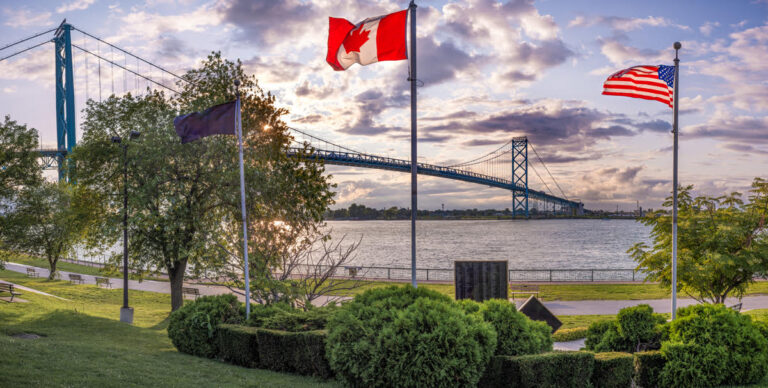Canada and the United States will not meet their Net Zero Targets without the full inclusion of Indigenous people. Here’s why.
By Mark Podlasly and Kate Finn
Canada and the United States must achieve net zero carbon neutrality by 2050 or risk contributing to further catastrophic consequences of global climate change. Most of the proposed solutions for achieving net zero by 2050 rely on using Indigenous lands and resources to build clean energy infrastructure and extraction projects that are worth up to an estimated $6 trillion.
Given the urgency of reaching net zero by 2050, policy makers and private enterprise need to consider what happens to our shared climate if the rights and interests of Indigenous peoples are not included in their policy frameworks or investment screens.
Indigenous nations across North America are gathering to provide our answer to these and other questions. On April 25-26, 2022, the Canadian-based First Nations Major Projects Coalition (FNMPC) and US-based First Peoples Worldwide (FPWW), will host a first-of-its kind indigenous-led conference on Toward Net Zero by 2050. Ahead of the conference, FNMPC has issued a primer examining four critical areas of net zero development as they intersect with the rights and interests of Indigenous peoples.
One only needs to look at the global demand for critical minerals and infrastructure required to achieve net zero to understand why Indigenous communities are taking a proactive approach to ensure their voice is heard. To reach net zero, the United States and Canada will require up to 14 times more electric vehicle battery minerals, trillions of dollars for new clean energy projects and related infrastructure like clean power generation and transmission lines, new sustainable finance standards to attract investment, and new continent-wide coordination on energy policies and regulations. These new net-zero focused energy sources will be on, or cross, Indigenous lands in the United States and Canada.
Indigenous nations and communities are, in many respects, at the centre of the net zero transition and – in the Canadian and American contexts – may be the difference between success and failure to meet net zero targets.
There are three main drivers that underpin the central role of Indigenous nations in the clean energy and mineral sectors:
1) Indigenous ownership. In Canada, Indigenous communities are often excluded from ownership opportunities in major projects because of the restrictions imposed by the Indian Act. As a result, Indigenous nations often miss out on project ownership opportunities due to an unaffordable cost of capital. Similarly, in the United States, the development of federal Indian law has codified policies that exclude tribes from equity in decision-making and the legal regime undermines tribal and Native entrepreneurs’ capacity to realize sovereign economic development. If we are to see net zero projects proceed with Indigenous involvement, governments must be prepared to provide loan guarantees or other financing support.
2) Indigenous lands. The knowledge, identities, and rights of Indigenous peoples are inextricably linked to their homelands – the same lands where effectively all net zero projects will be located, and that net zero policies and investments will impact.
3) Free, Prior, and Informed Consent. The third driver that centres Indigenous nations in Canada and the United States is the legal imperative: Indigenous nations expect to not only have ownership in net zero projects, but they also expect to have free, prior, and informed consent as the baseline for any new projects.
The global investment community is looking for and investing in net zero projects located in jurisdictions that have ESG compliant investment standards. For Canada and the United States to truly foster this kind of investment environment, policy decisions must be based on the three main drivers noted above. To do otherwise will increase capital flight to jurisdictions who have demonstrated the inclusion of Indigenous rights and interests in their investment strategies.
The race to net zero presents both risk and opportunity. The risk is that we will continue the same exclusionary practices that have precluded Indigenous nations from active participation in the new economy, and the opportunity is that through the full and meaningful participation of Indigenous nations, the United States and Canada can meet their net zero targets while achieving economic prosperity for all sectors of society.
Mark Podlasly is a member of the Nlaka’pamux Nation, and Director of Economic Policy at the First Nations Major Projects Coalition.
Kate Finn is a member of the Osage Nation and Executive Director of First Peoples Worldwide.











